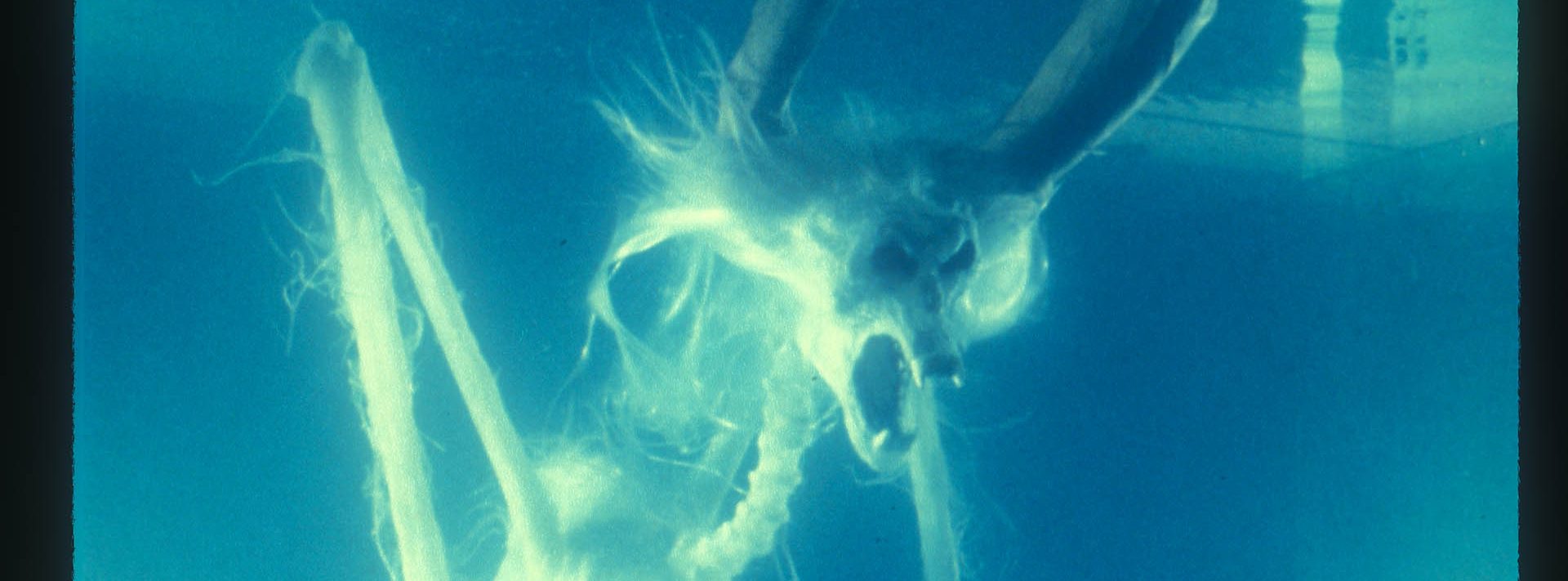As a family moves into their new home, they notice strange events that mostly affect their young daughter.
It all began with what producer Frank Marshall called “the $250,000 sentence,” a four-word description in the script for Steven Spielberg’s film Poltergeist: “and the house implodes.” Marshall is referring to a scene in which the home of the Freeling family becomes so possessed by spirits of the dead that it is destroyed by implosion — it collapses upon itself and disappears into a black hole at its center. This was the effect that Spielberg wanted and what he asked ILM to do. Richard Edlund, the visual effects supervisor, relished this kind of challenge.
The difficulty of the shot centered on the way the model of the home had to break up. It couldn’t just collapse into a pile. It had to actually implode — to break up into pieces and pull into a tiny hole. To accomplish this, ILM went through months of testing and development. Eventually, a number of techniques operating in unison were devised to achieve the effect. This included rigging the detailed model with steel cables that extended into a funnel-like construction and setting up a vacuum system to capture any dust and fragments not pulled through by the cables. It was all shot with a high-speed camera and done in one take. The actors shot their part on a blue screen set and the optical department worked on rotoscoping the shot and putting it all together using the Anderson Optical Printer.
In addition to the home implosion, Spielberg wanted a full size enormous esophagus to engulf a bedroom. Interestingly, this “throat” was never part of the set; it was a miniature that was filmed separately and combined. The scene is a masterpiece of optical compositing, as no seams are evident and the miniature looks as though it is actually part of the live-action set.
The “flying objects” sequence took nine months for the optical department to get right. With a wide range of tonalities in the background and dozens of objects flying in and out of the frames, Richard Edlund called this the most difficult matting sequence he ever worked on. This shot was tedious because of the nature of the optics department during that era. If one element of a shot wasn’t perfect after running the shot through the optical printer, the team had to start over. In the end, Poltergeist is a great representation of the kind of “movie magic” ILM is known for.
